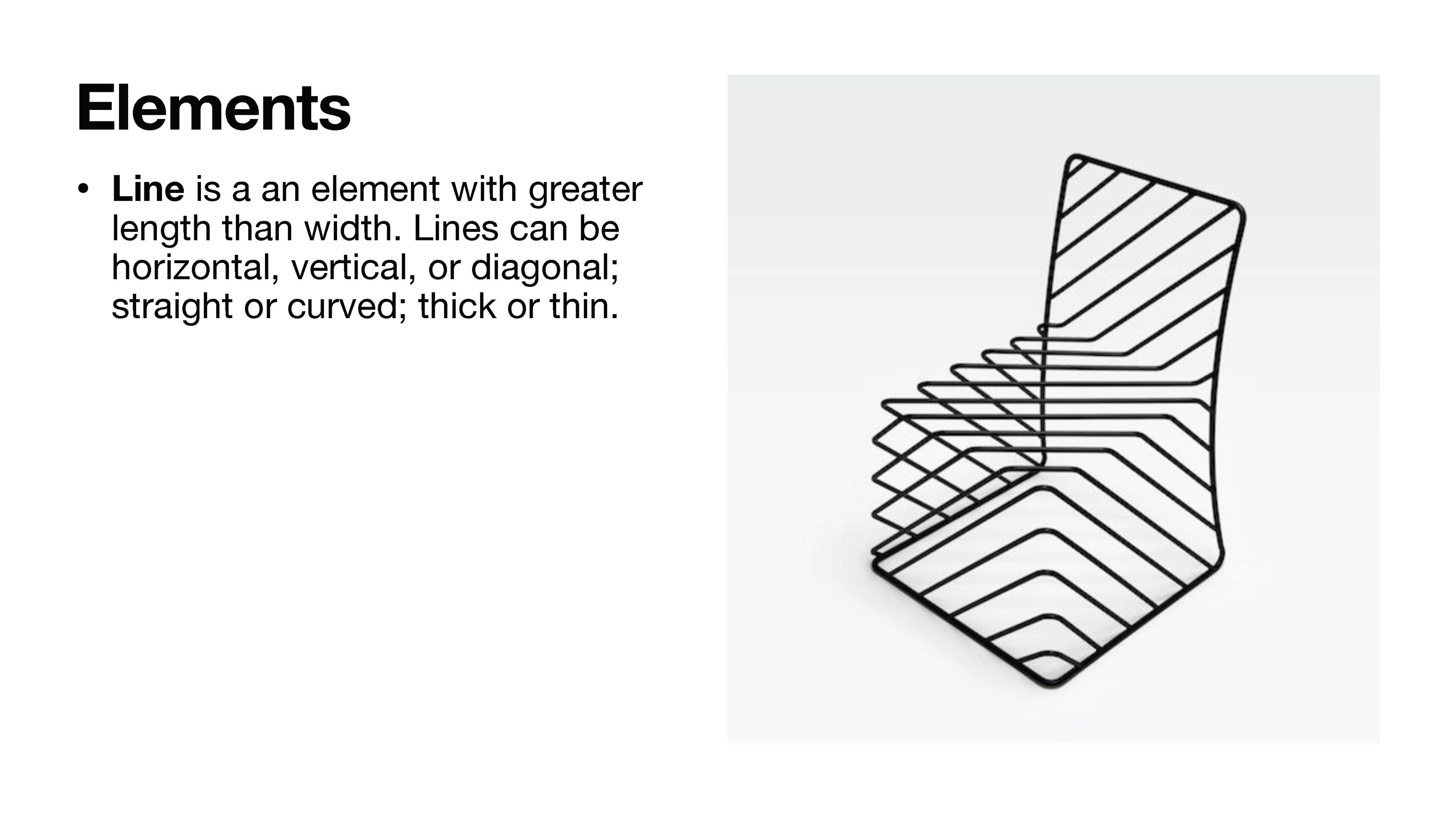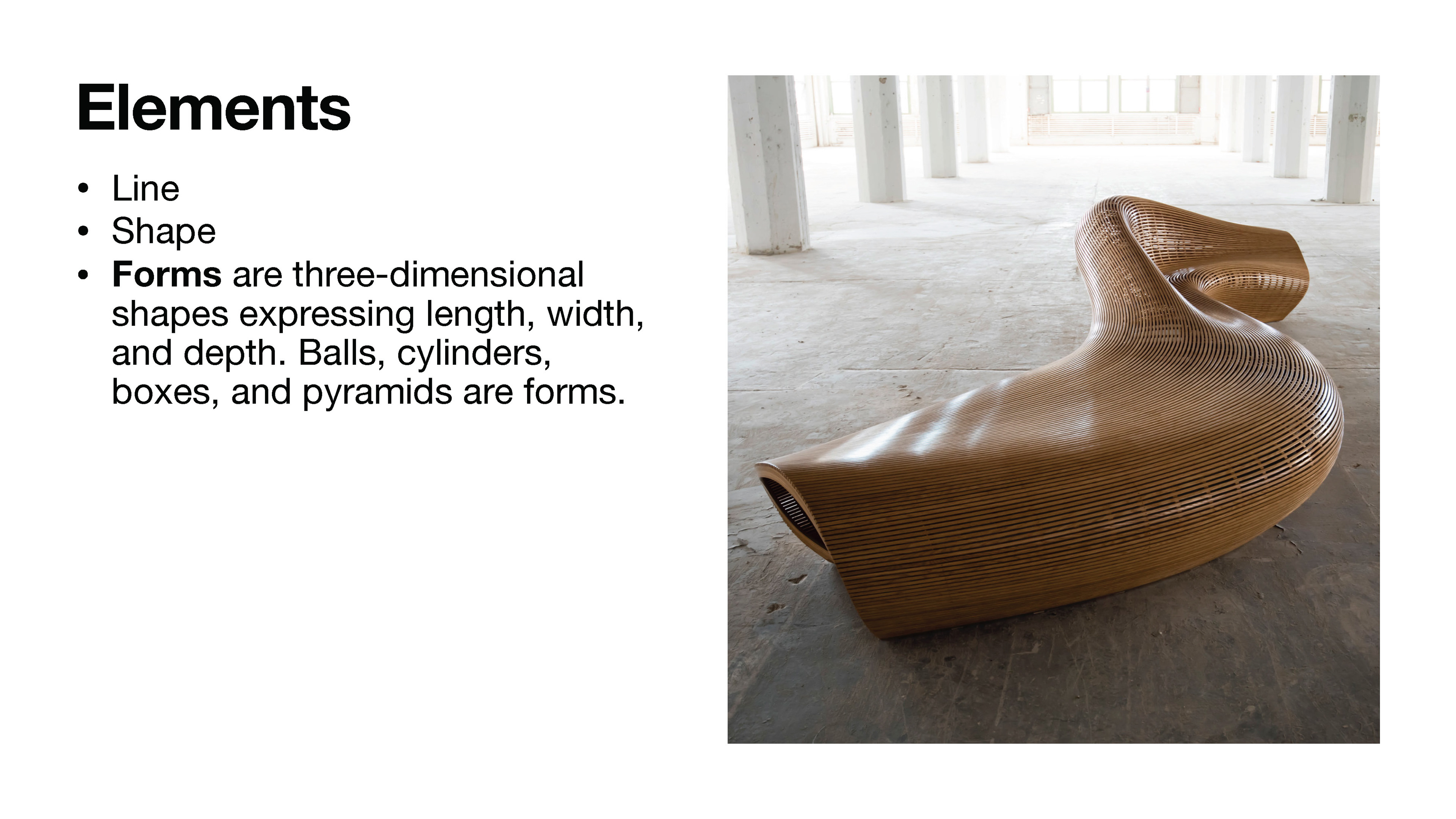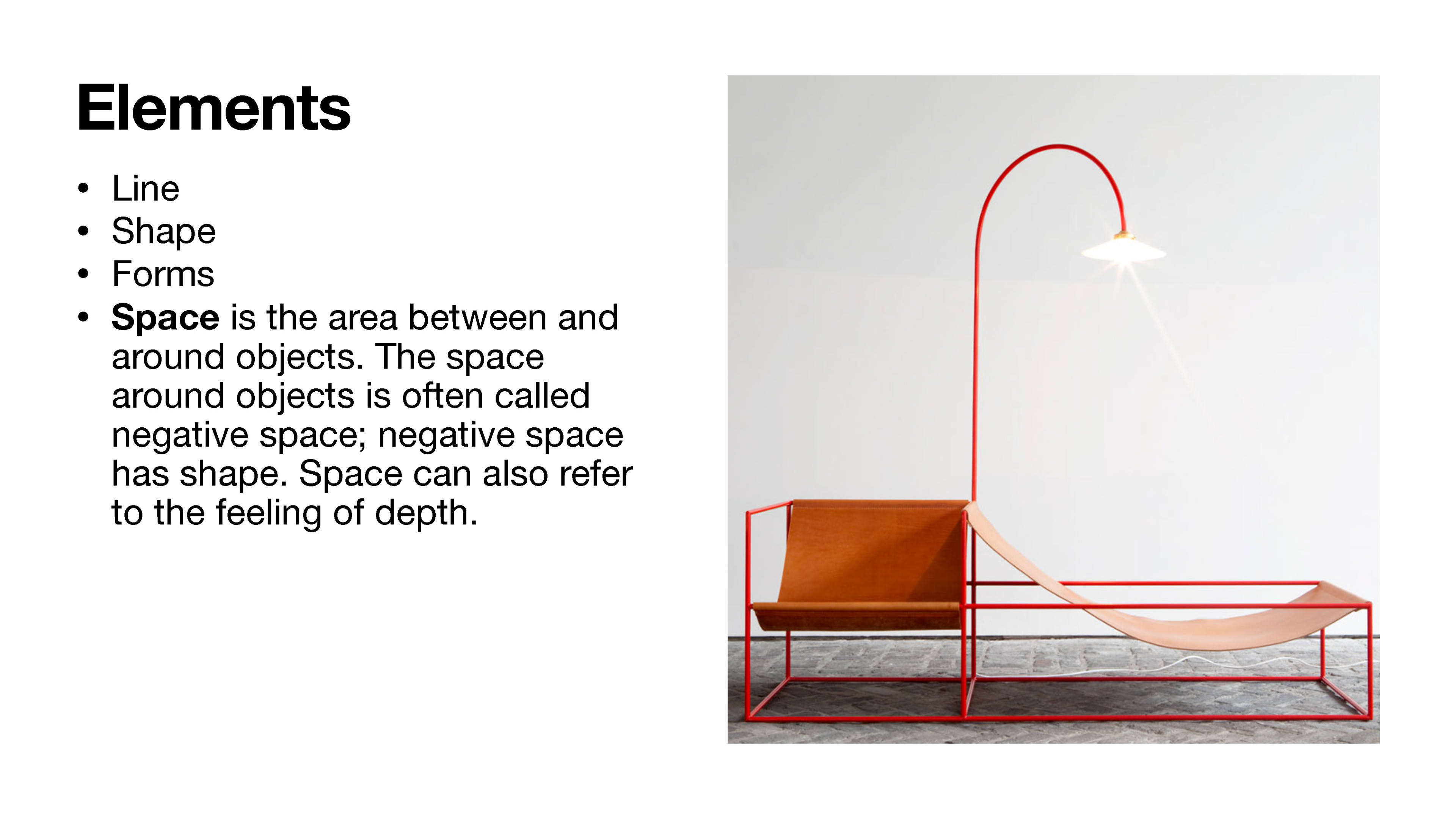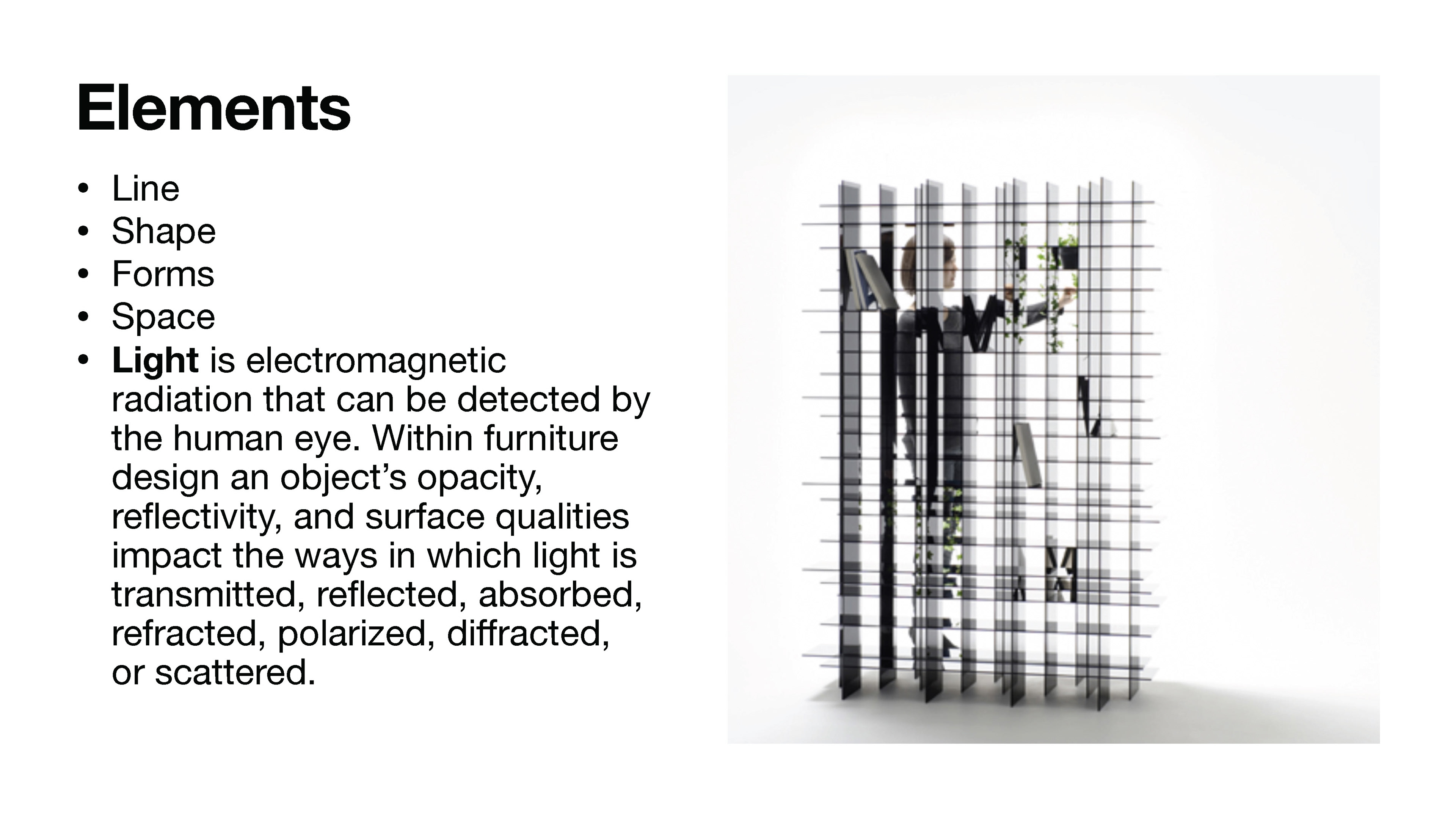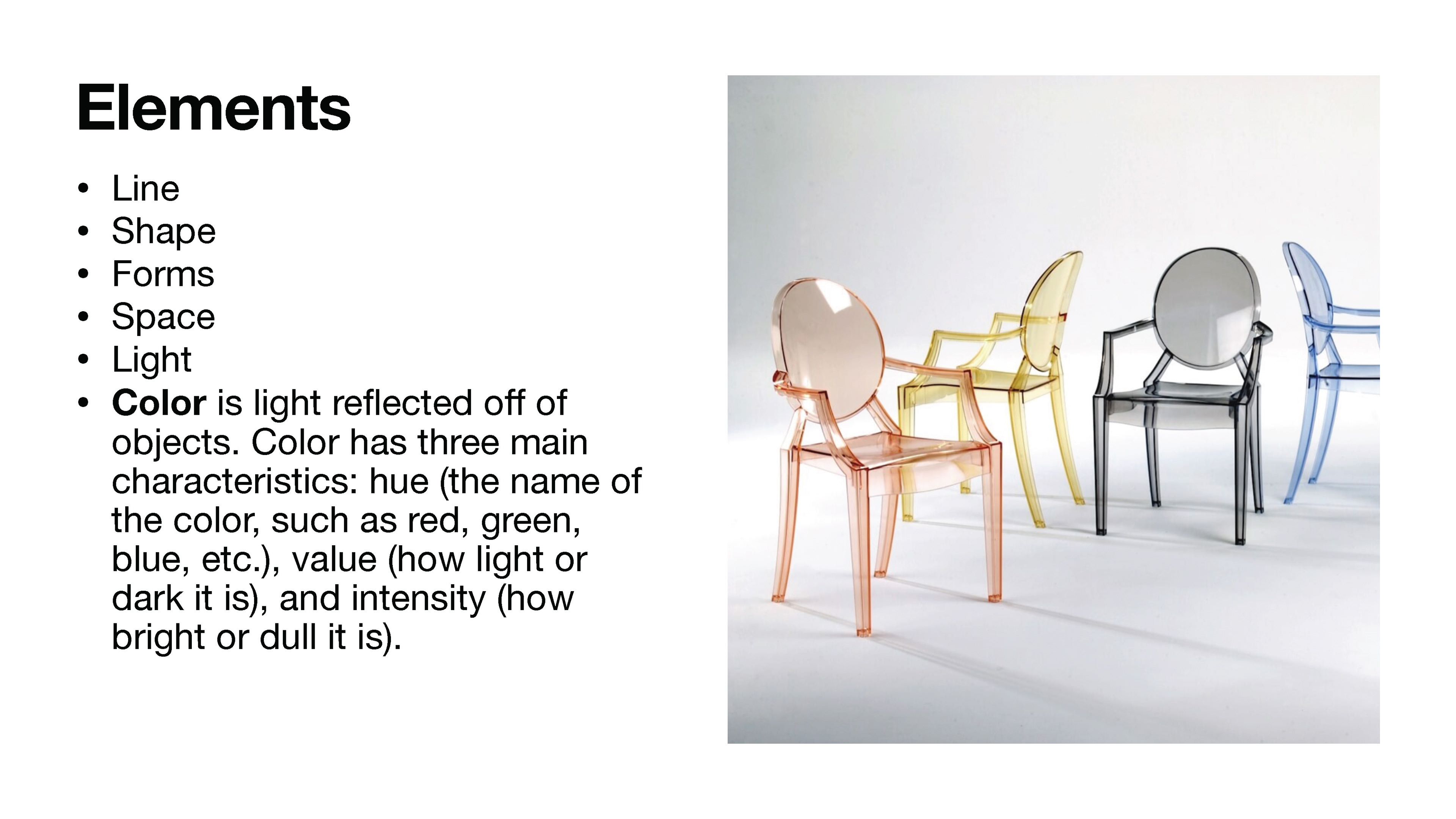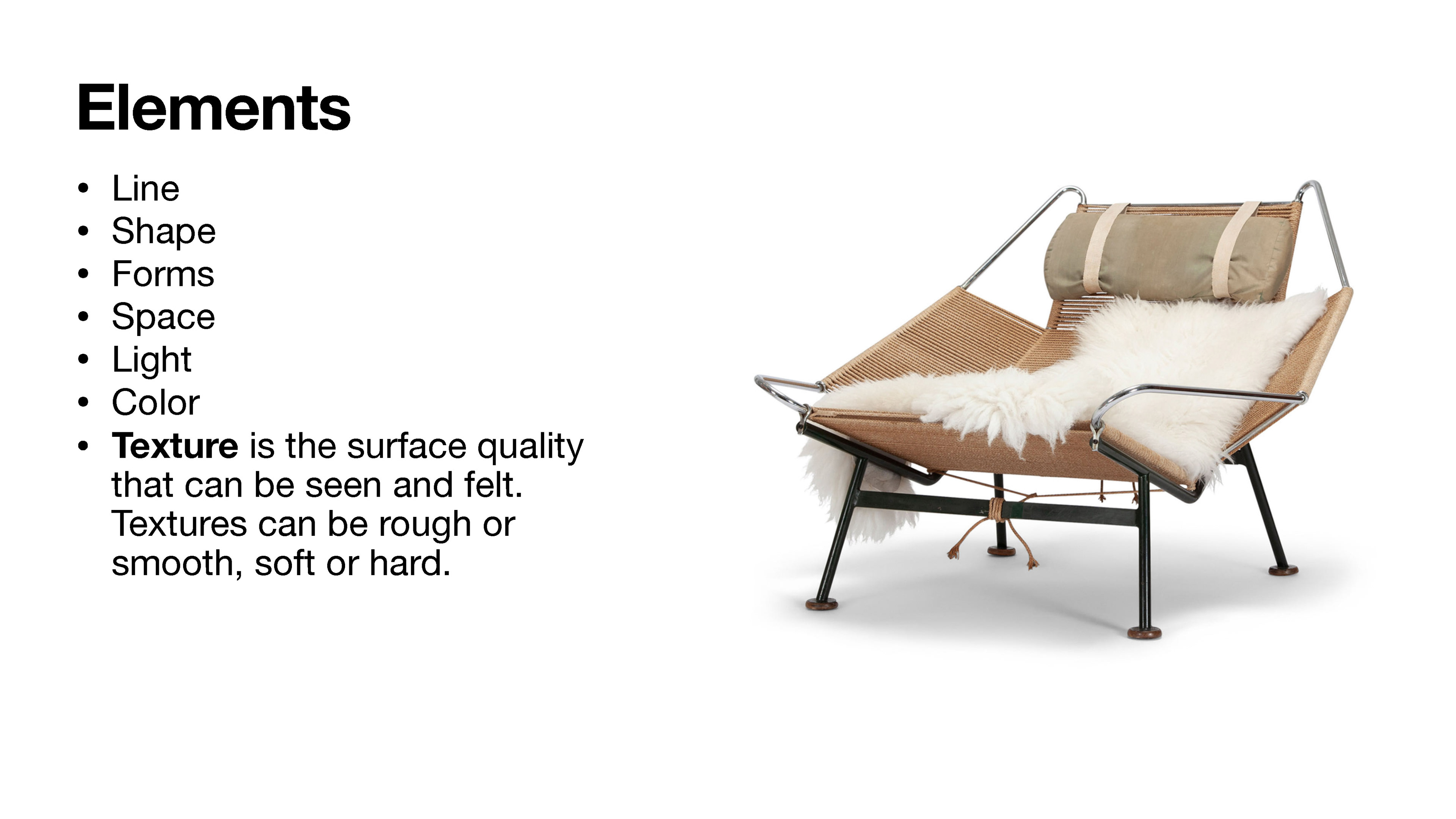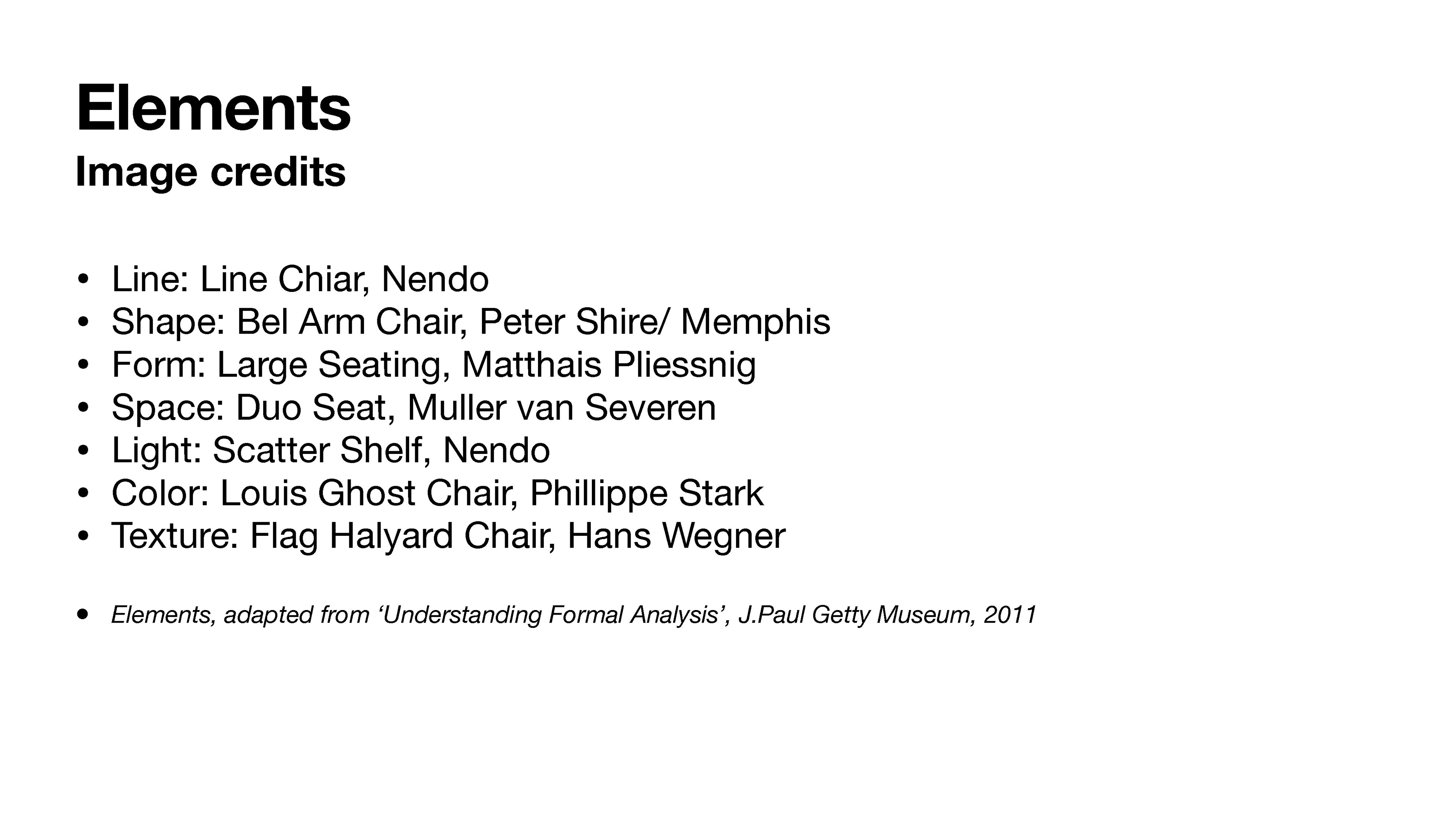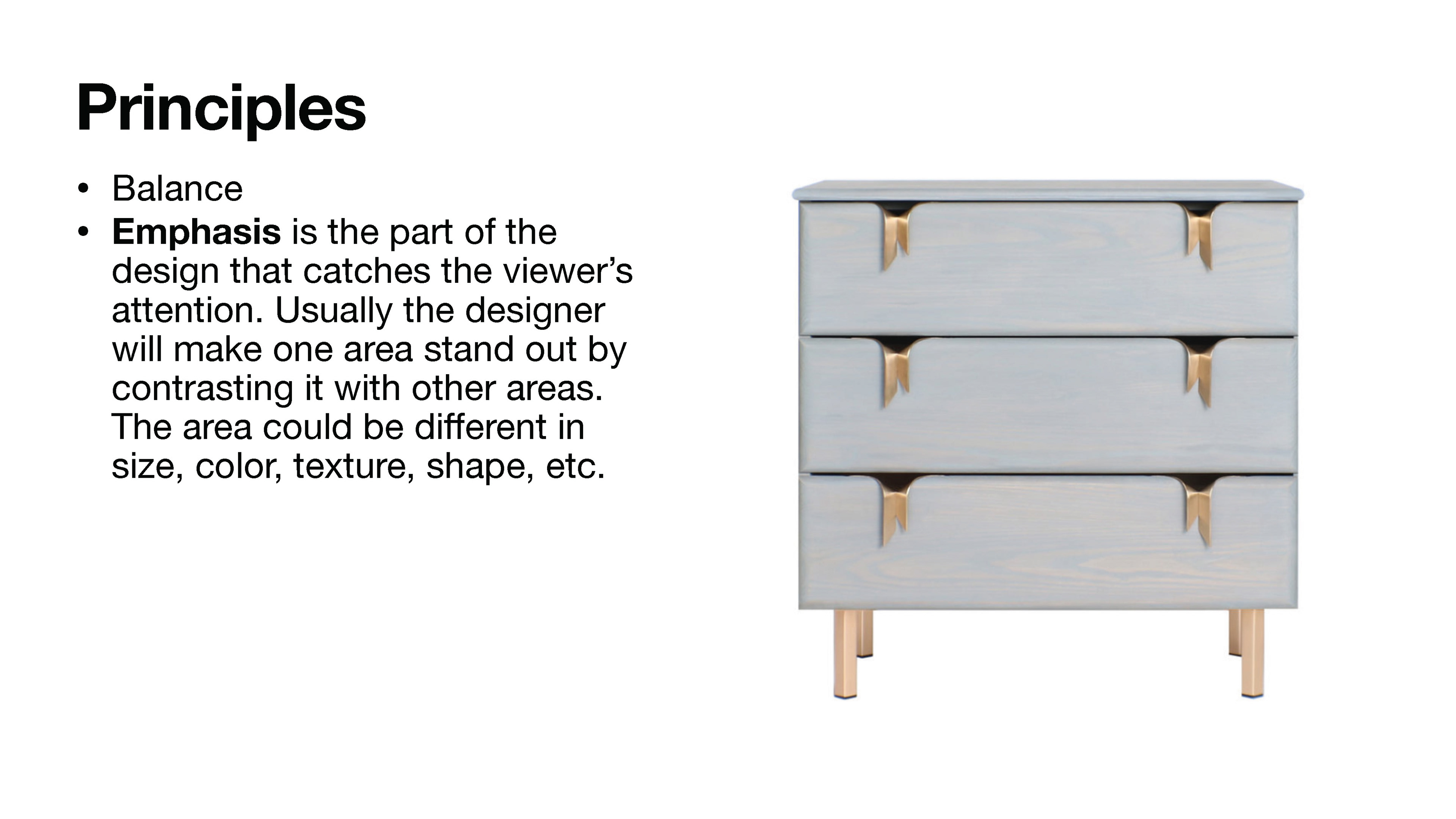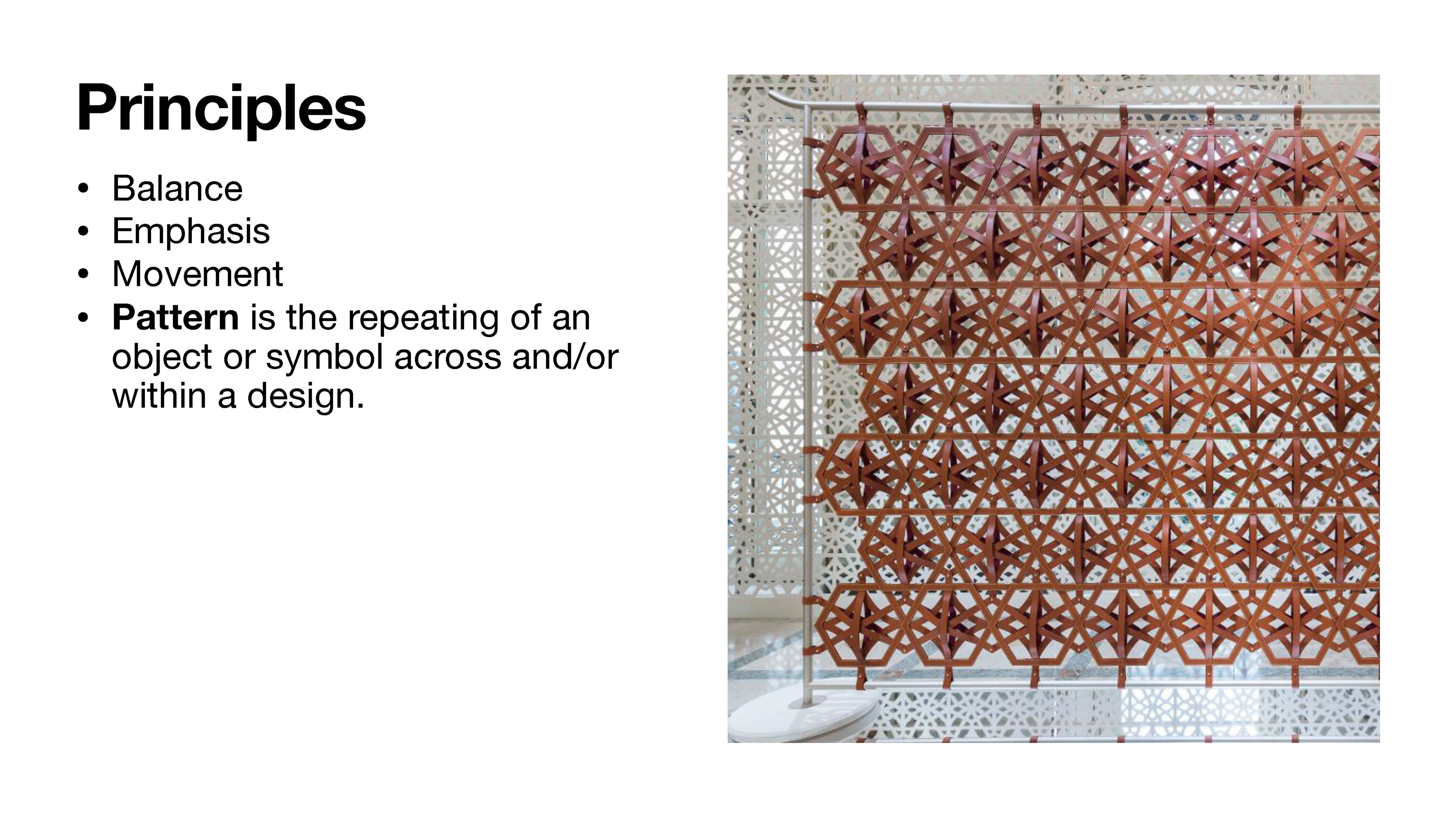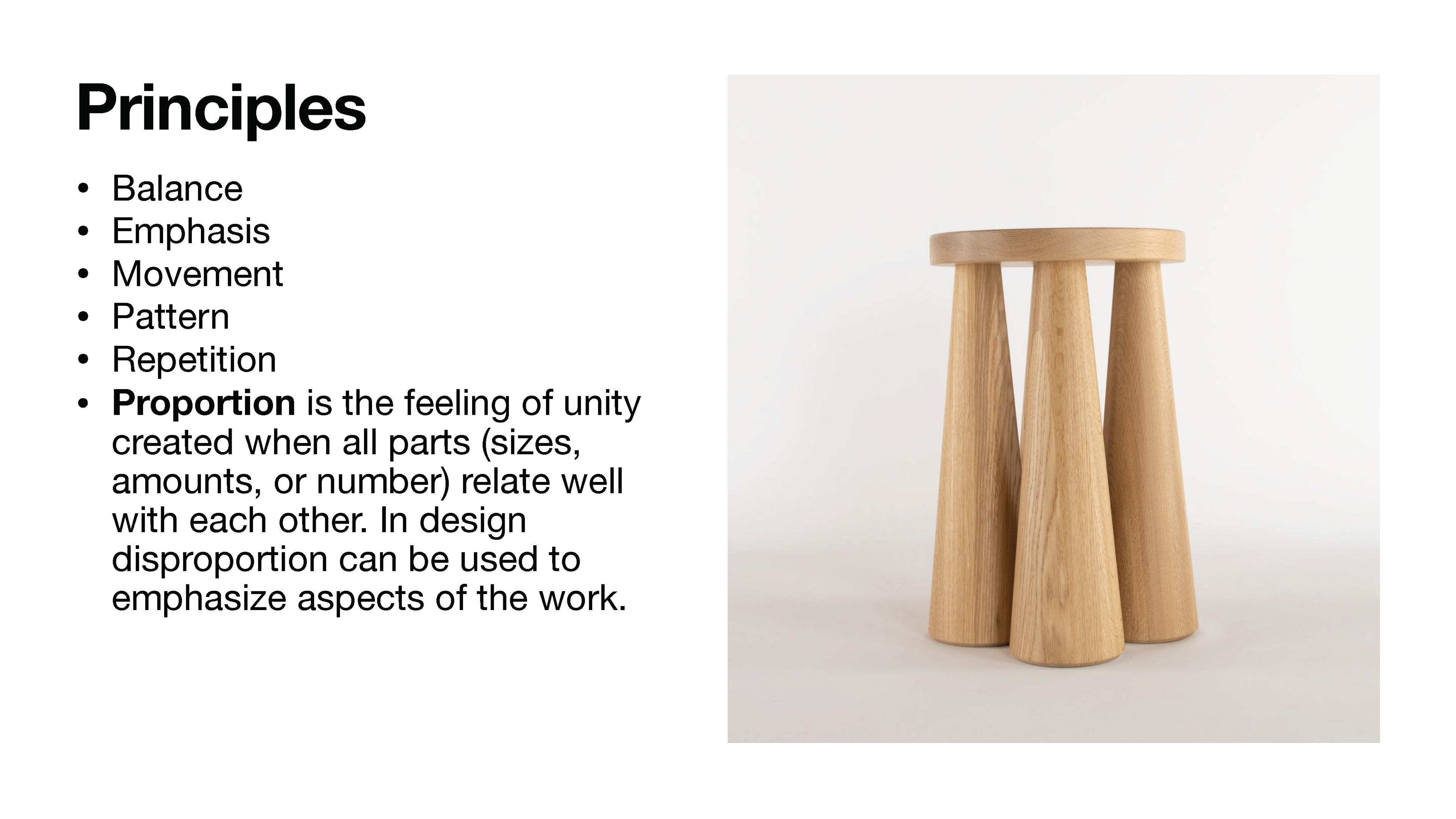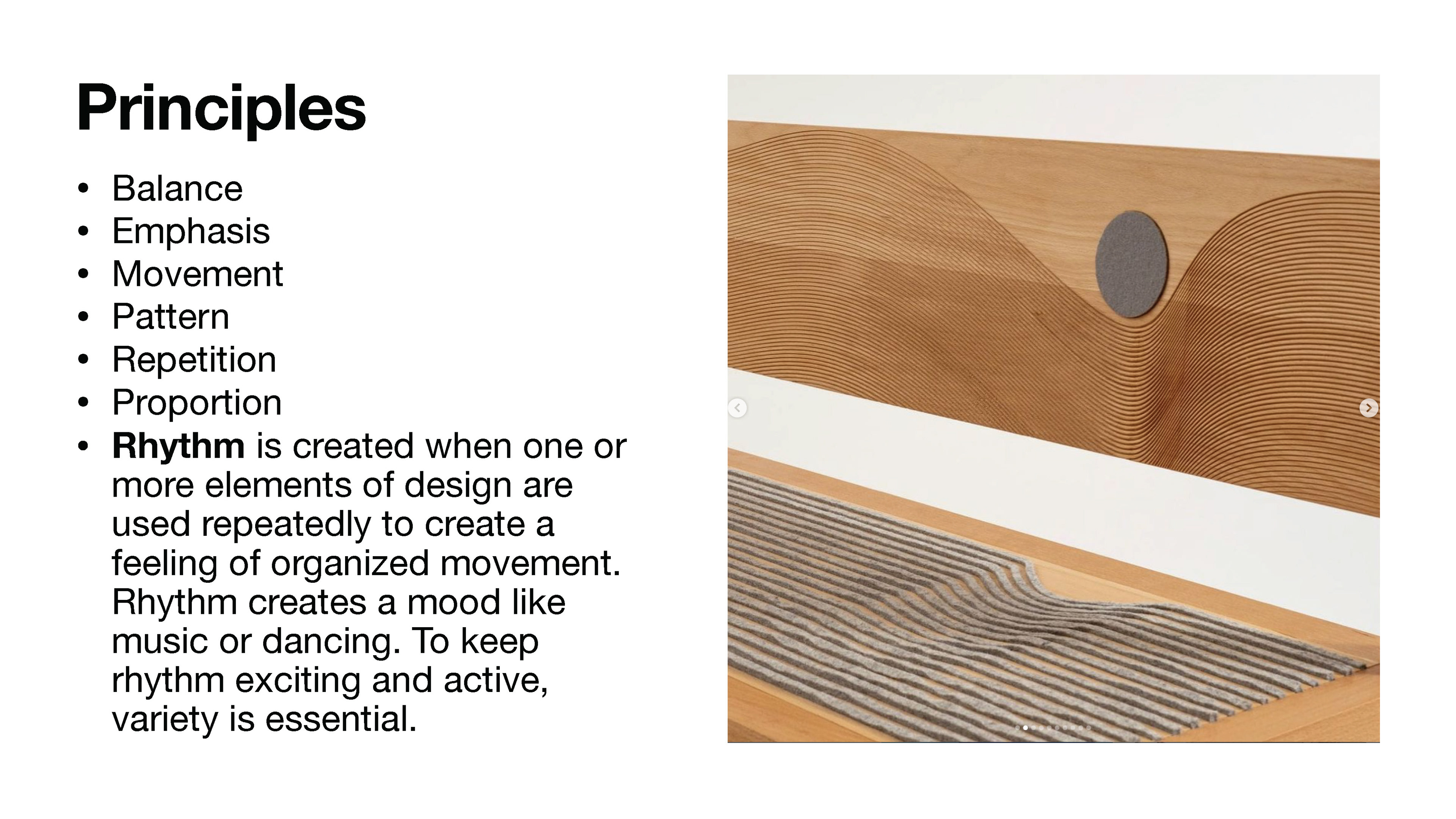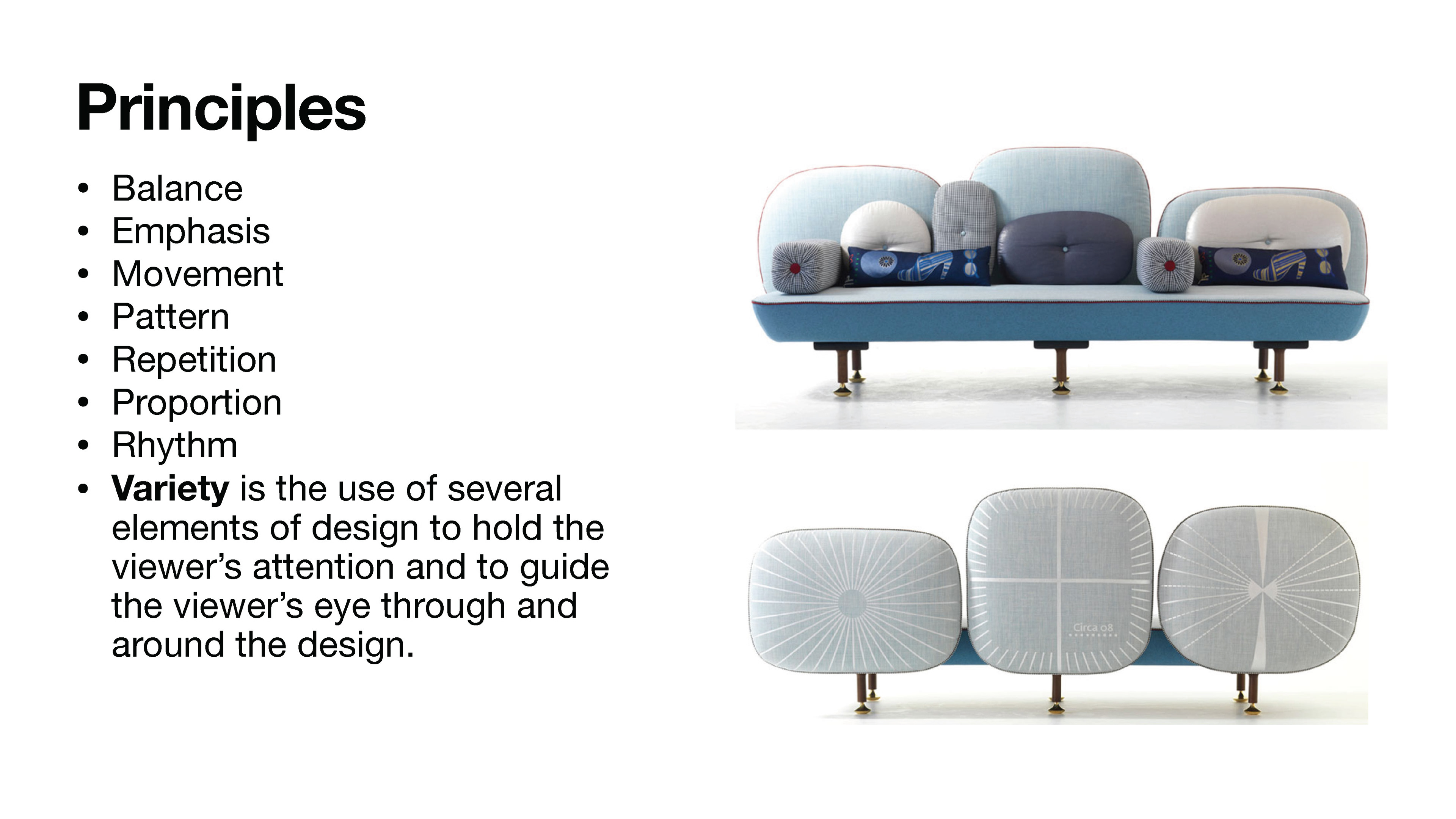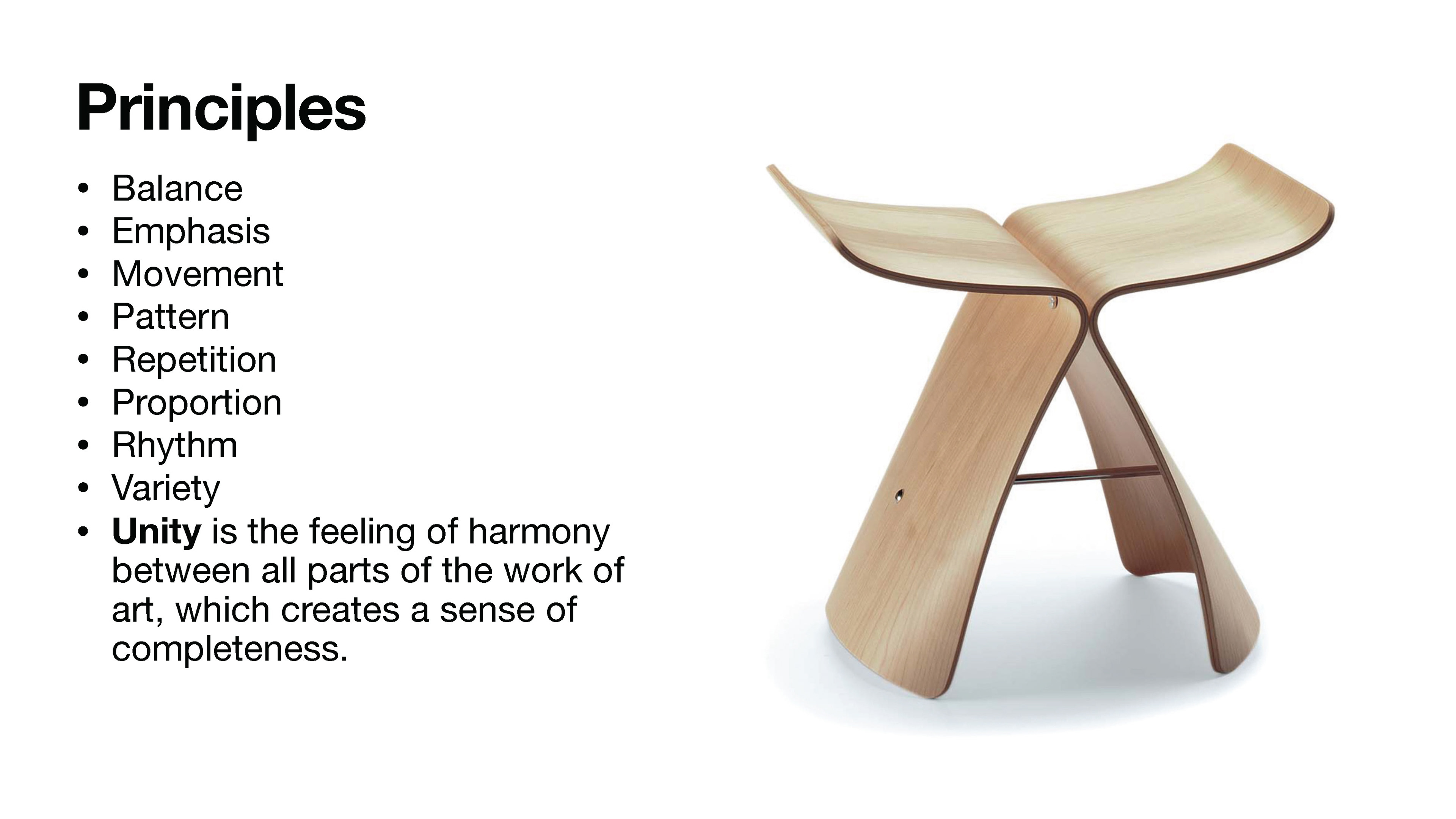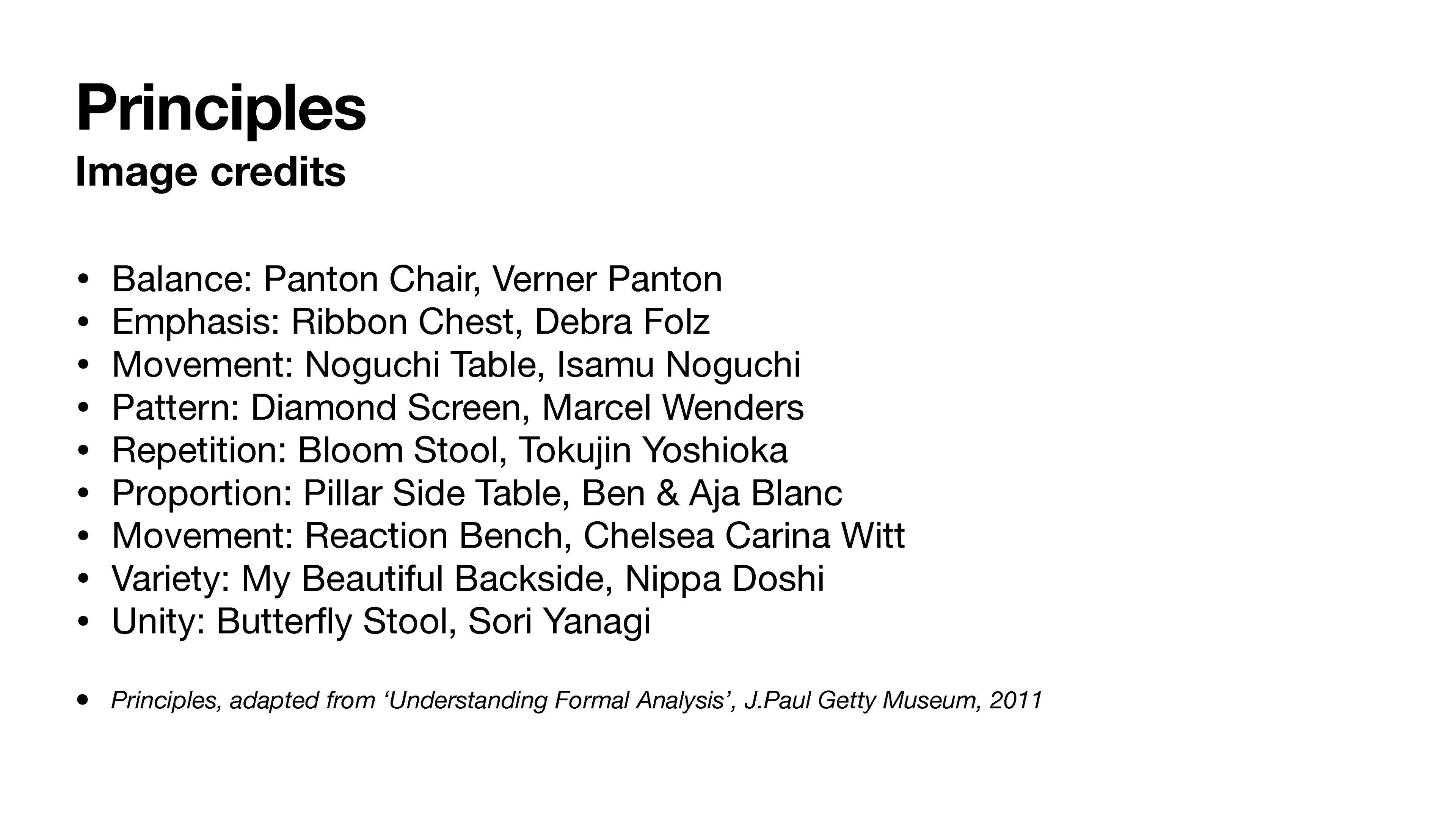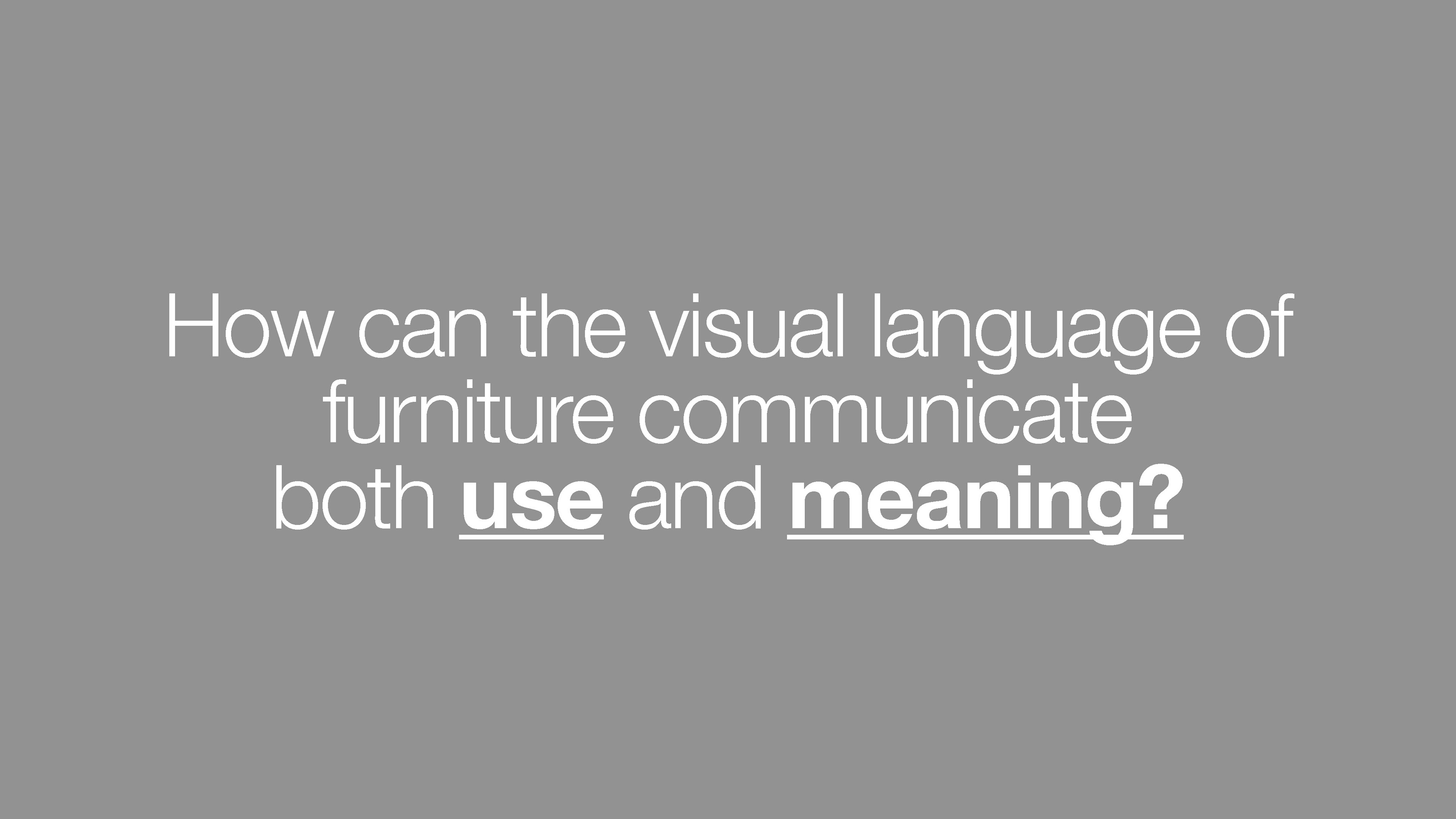Project One - Portable Table
You are tasked with designing a portable table. This table provides an introduction to principles and considerations found in the design of furniture. You should leverage the knowledge and skills developed during your ID1 projects during the Fall. Your design should respond to an opportunity identified during your market analysis while still meeting the formal constraints described below (material and basic scale are defined). It should meet the functional needs of a portable table and still be formally and visually appealing. The table will also serve as an opportunity to demonstrate woodworking skills developed during the exercises. You must check with instructors or shop techs if you are using a fabrication technique not demoed during the skills labs (e.g., you may NOT turn wood without prior permission)
Steps:
- Perform a market analysis to identify a specific opportunity (market segmentation). Share and glean insights from peers
- Perform a user analysis based on your segment through online research, interviews and observation. Communicate the behavior and aesthetic preferences of your audience though detailed primary and secondary personas. Share and glean insights from peers.
- Begin form exploration based project constraints, functional requirements, and aesthetic imperatives. Make sure to be mindful of affordances and enhance communication with signifiers (specifically related to portability).
- Share your designs with peers to help test your design’s form, usability, and visual appeal.
- Refine your design based on peer and instructor feedback
- Document your design development and summarize it into a digital presentation for the class and external reviewers
Constraints
Material - less than 5 board feet of poplar
Overall Height: 16” min. – 30” max.
Surface Requirements:
- Material limitation of 2bf
- Must be no less than 9” min. in any direction
- Edges must be refined (i.e., not simply 90 degree cuts)
- Material limitation of 2bf
- Must be no less than 9” min. in any direction
- Edges must be refined (i.e., not simply 90 degree cuts)
Must be light enough to be moved and re-positioned easily.
Clear affordances and subtle signifier(s) for how and where a hand can easily and comfortably grab, hold, and lift the object.
The frame must exhibit one of the joinery techniques from the skills lab other than a floating tenon (you may use dominoes, but not only dominoes)
Tables may not be exclusively designed with 90 angles
Deliverables:
Documentation of market and user analyses
Documentation of all ideation
Full scale poplar prototype (finished)
Dimensioned line drawings (top, front, side)
High quality studio (white background) and context (in situ) photographs
Process book of all of the above items and a reflection essay.
Pei Jun Xue and Chia Chun Chuang, Tiachung City, Taiwan
Student Examples
These tables were produced by students with a different set of constraints, but they are instructive as to craft and documentation expectations for your projects
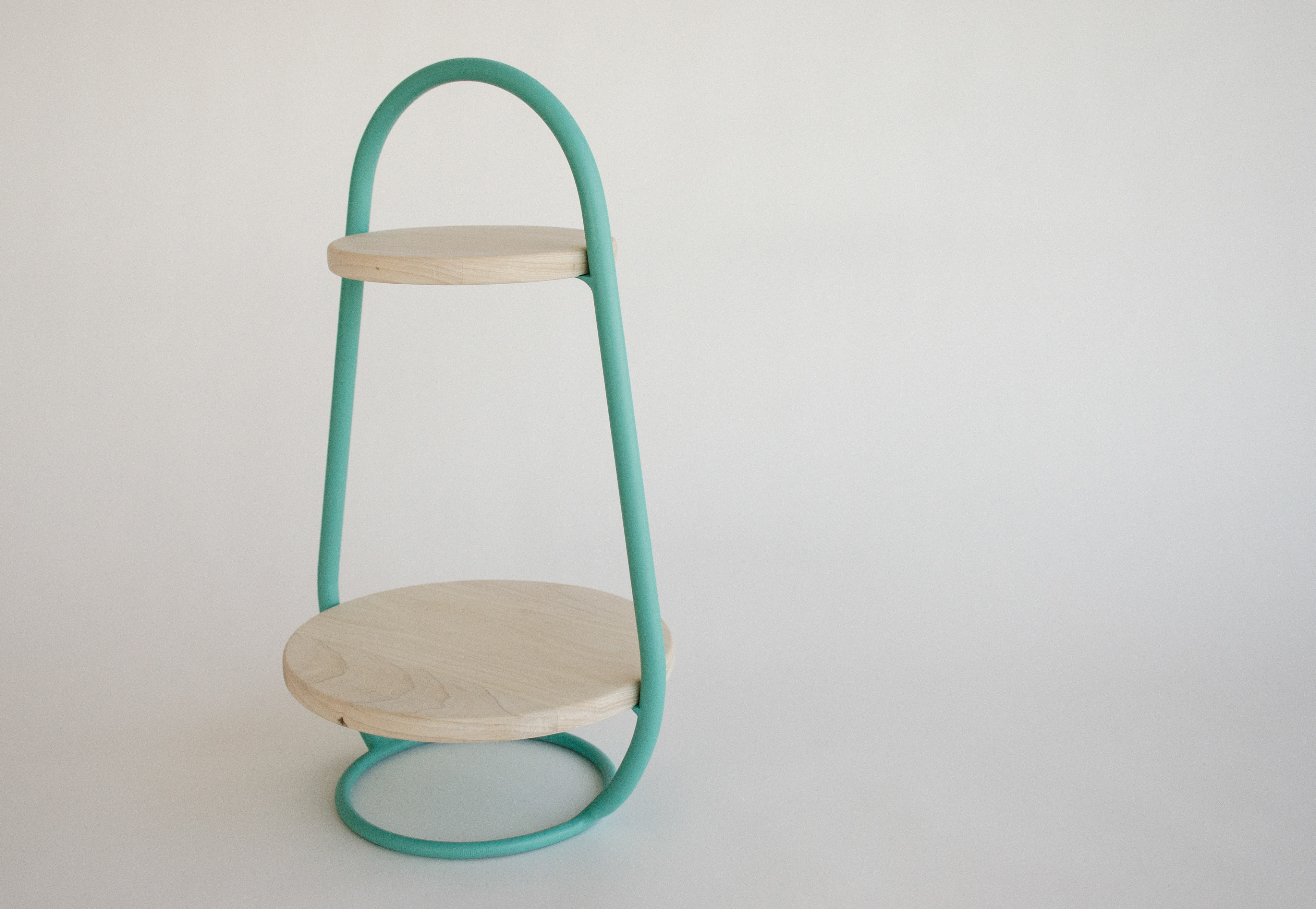
Liza Sanborn, 2023

Liza Sanborn, 2023

Liza Sanborn, 2023
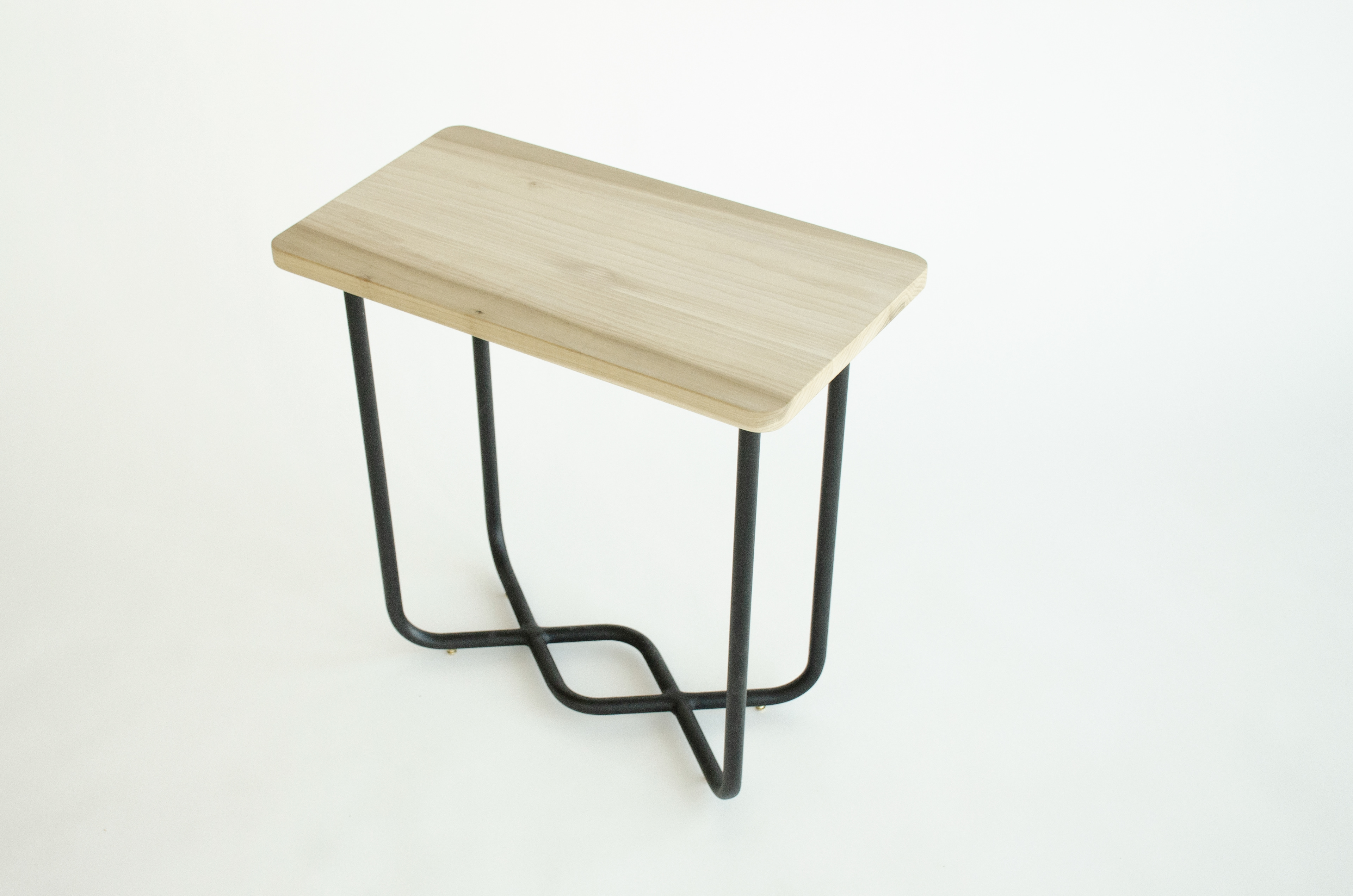
Abi Schmidt, 2023

Abi Schmidt, 2023
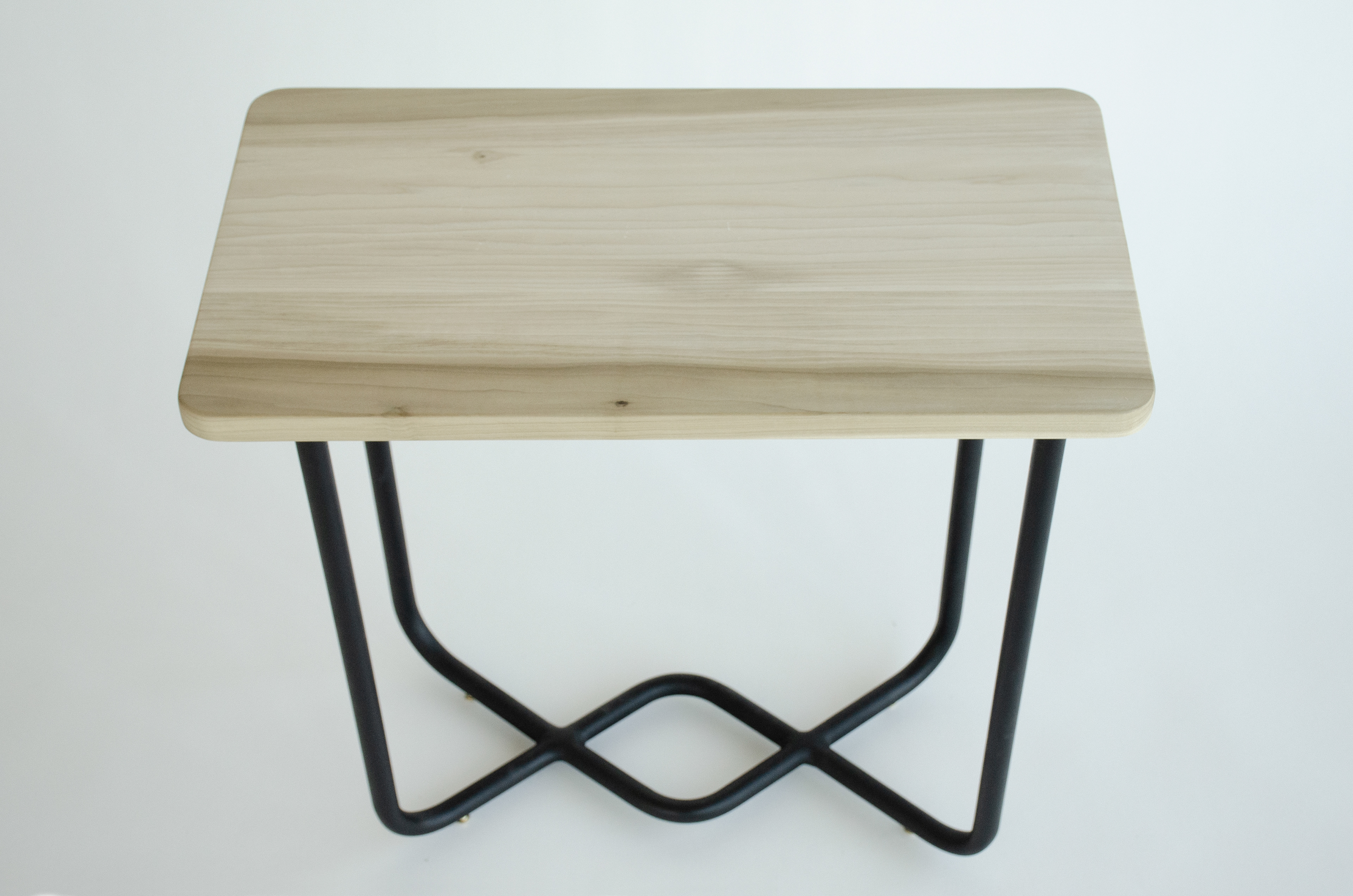
Abi Schmidt, 2023
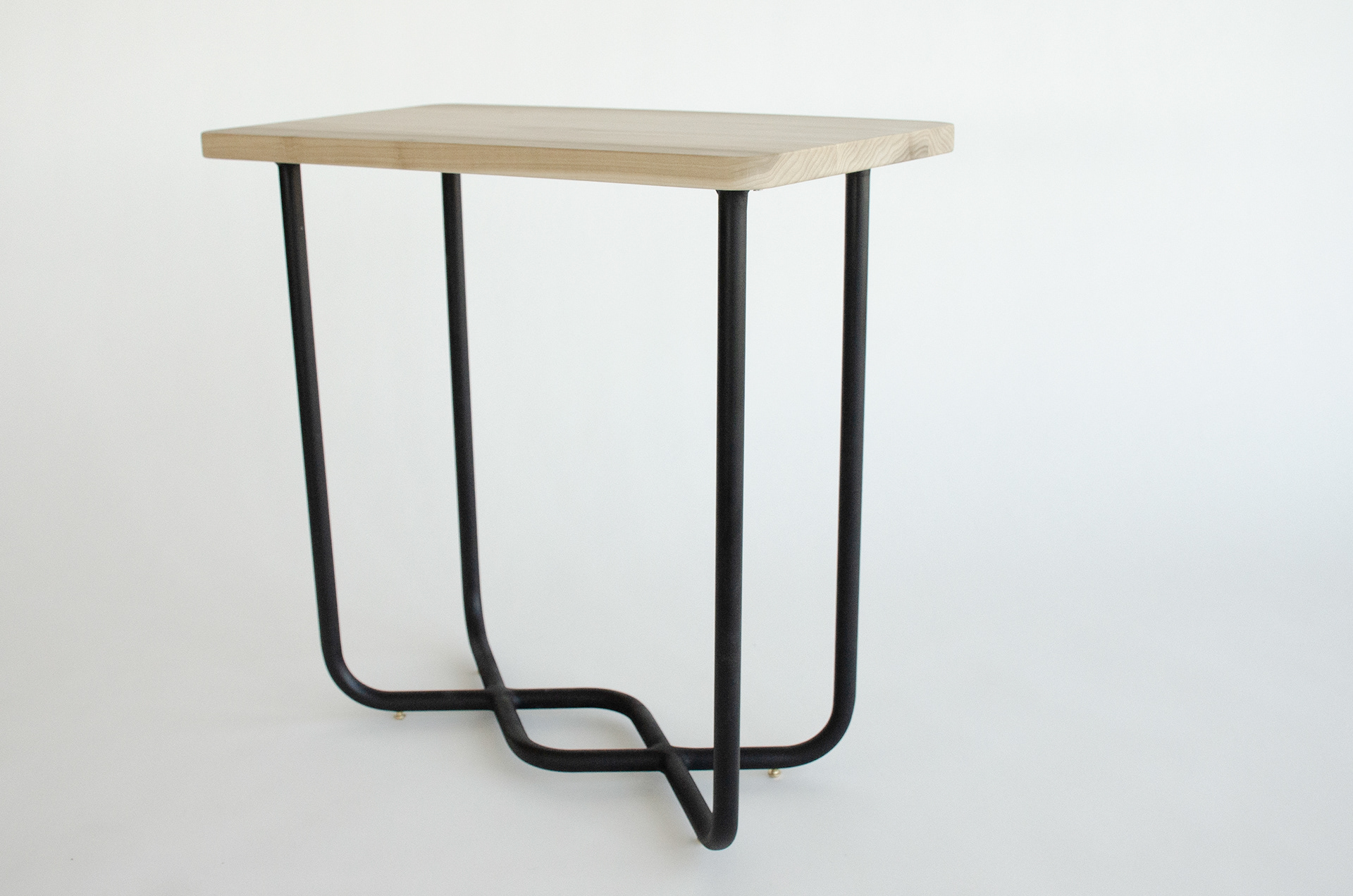
Abi Schmidt, 2023
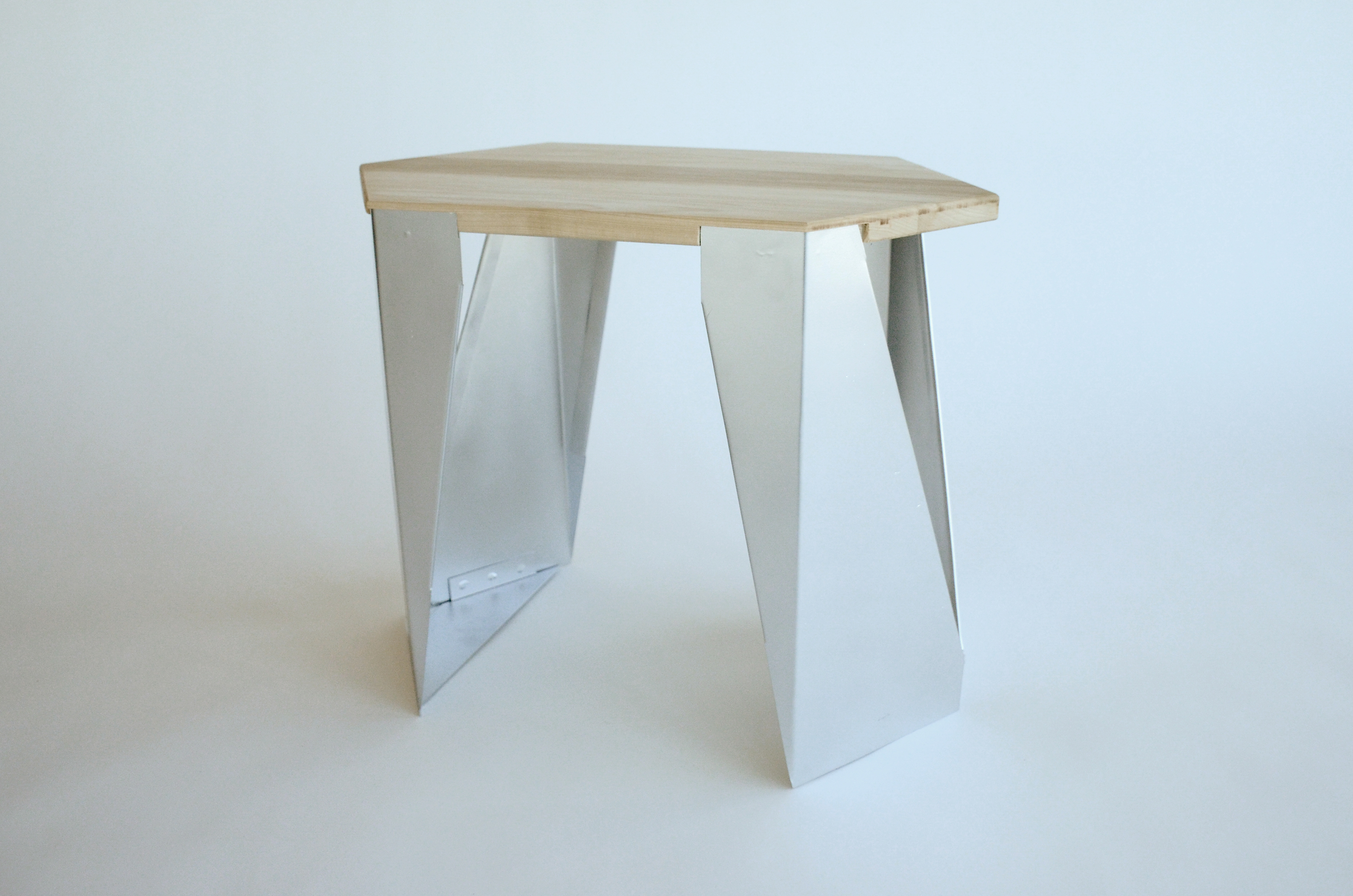
Nick Young, 2023

Nick Young, 2023

Nick Young, 2023
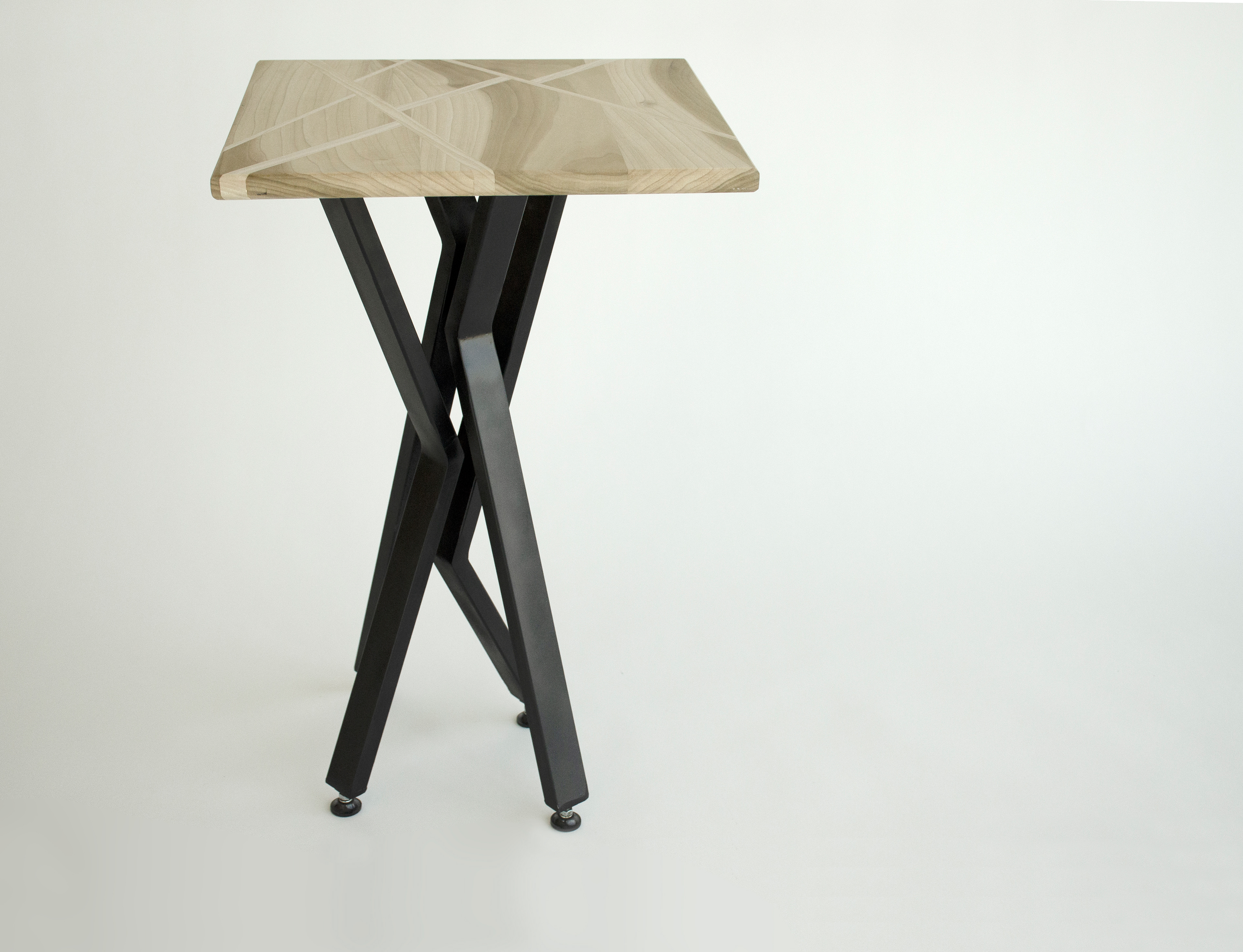
Kendall Schoenhals, 2023

Kendall Schoenhals, 2023
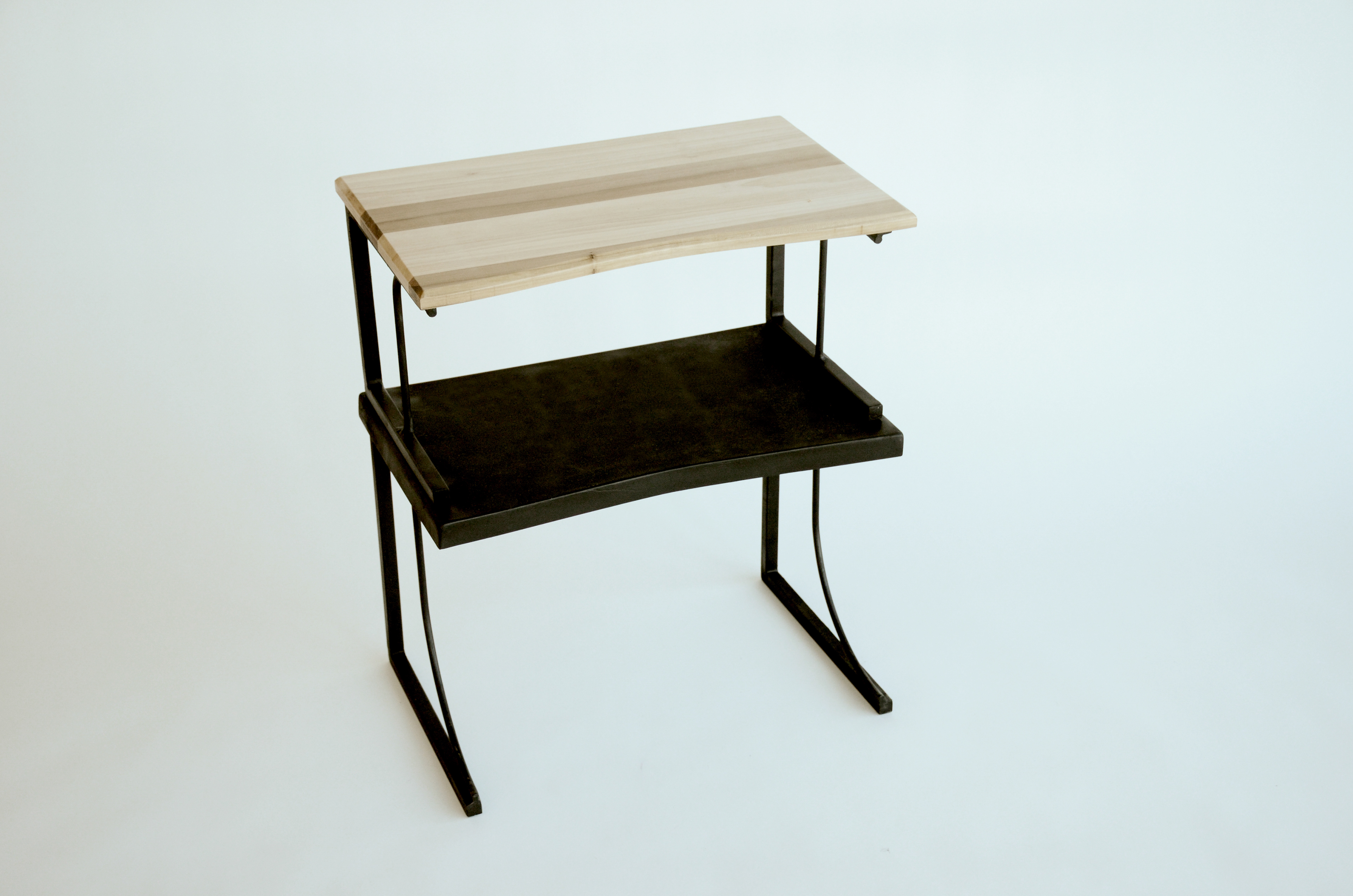
Will Waris, 2023

Will Waris, 2023
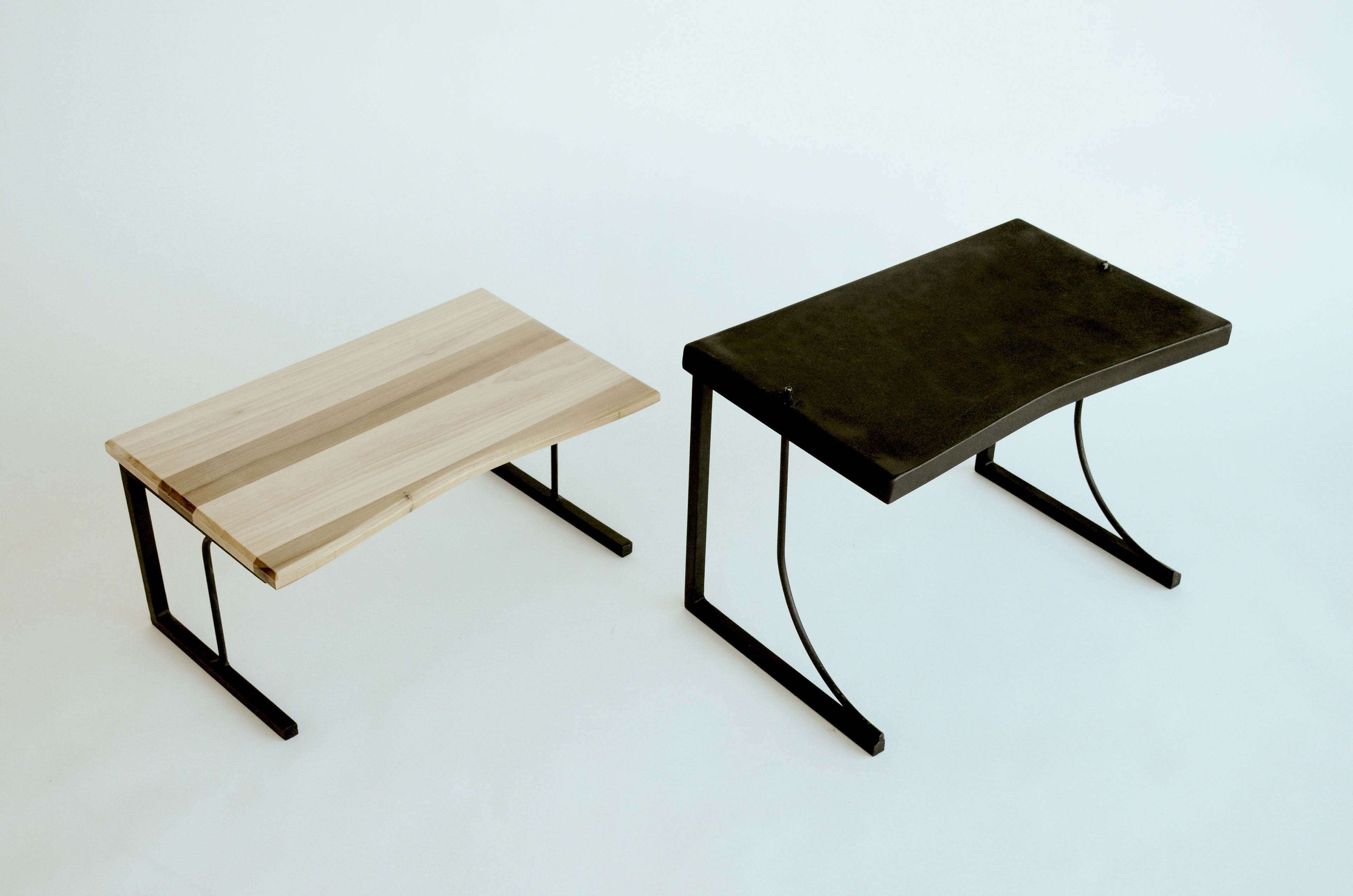
Will Waris, 2023
Visual Language of Furniture Presentation


